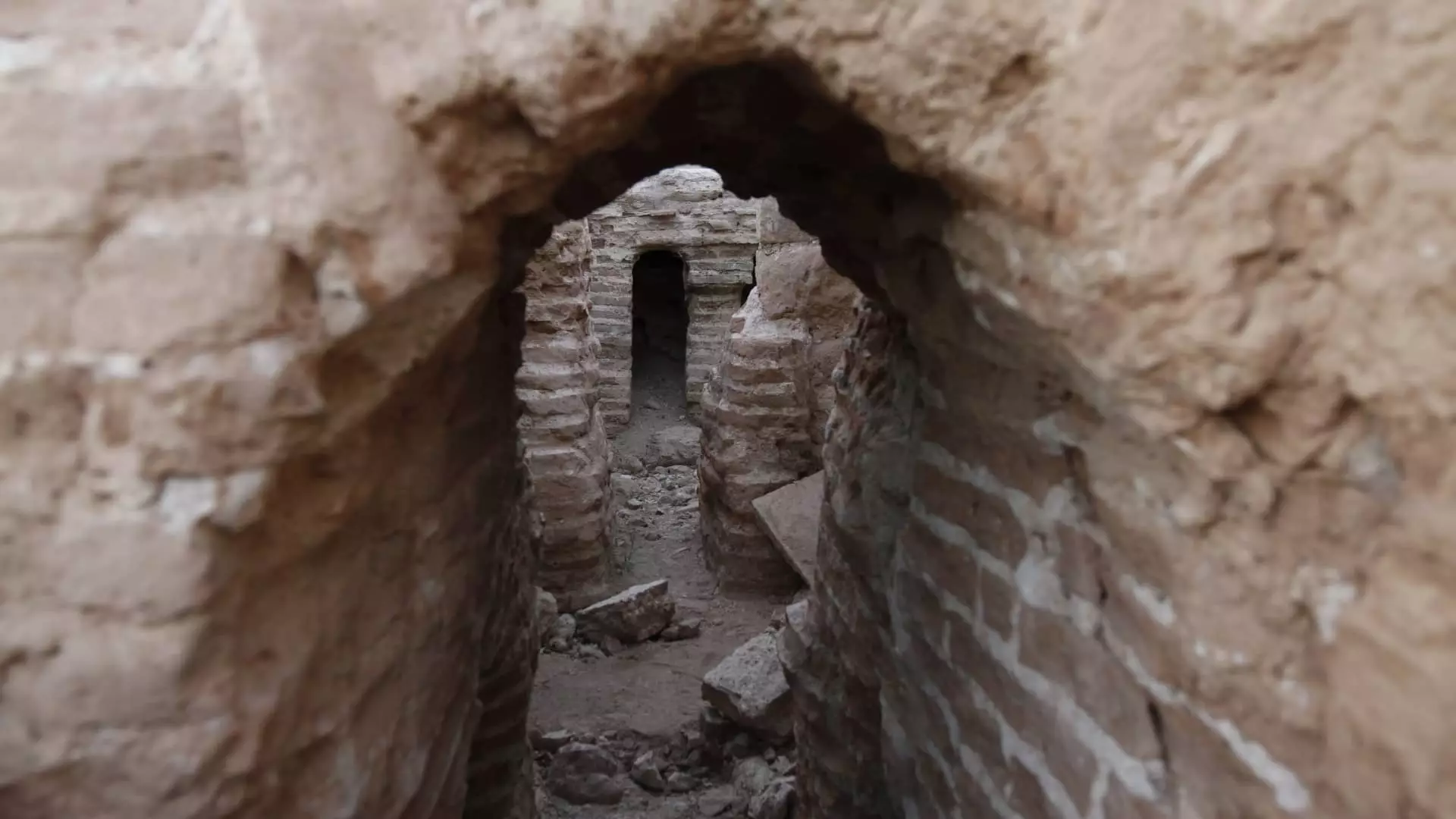UNESCO’s World Heritage Committee recently recognized the Saint Hilarion Monastery in the Gaza Strip by adding it to both the “World Heritage” and “World Heritage In Danger” lists. This decision highlights the historical and cultural significance of the ancient monastery and emphasizes the urgent need for its protection. The emergency procedure used for the inscription reflects the ongoing conflict in the Gaza Strip, which poses a threat to this archaeological site. While there hasn’t been any identified damage so far, UNESCO is actively monitoring the site through satellite imagery to ensure its preservation.
As a UNESCO World Heritage site, the Saint Hilarion Monastery falls under the protection of UNESCO’s 196 “State Parties.” Even though Israel is no longer a member of UNESCO, it is still considered a State Party and is obligated to safeguard the monastery as per the terms of the Convention. This underscores the international commitment to preserving and protecting cultural heritage sites that hold universal value.
The dual designation of a site as both a UNESCO World Heritage and an “In Danger” site is not uncommon. Instances like Ukraine’s historic center of Odesa and Yemen’s ancient kingdom of Saba demonstrate the prevalence of sites facing threats from various factors such as war, natural disasters, pollution, and overtourism. With only 56 sites currently on UNESCO’s “In Danger” list out of 1,123 total World Heritage sites, it underscores the importance of proactive measures to safeguard these vulnerable sites.
The emergency procedure for simultaneous inscriptions to UNESCO’s World Heritage and “In Danger” lists can be initiated by a State Party. In the case of the Saint Hilarion Monastery, Palestine submitted its nomination in June 2024, requesting expedited consideration due to the site’s vulnerable state. The consensus decision by the Committee members highlights the collaborative effort involved in recognizing and preserving cultural heritage sites of global significance.
With the recent addition of 26 new sites to UNESCO’s World Heritage List and Nauru becoming its 196th State Party, there is a growing momentum in the protection and promotion of cultural heritage worldwide. The designation of sites like the Saint Hilarion Monastery underscores the shared responsibility of the international community to safeguard and celebrate our diverse heritage for future generations to appreciate.
The inscription of the Saint Hilarion Monastery to both UNESCO’s World Heritage and “In Danger” lists underscores the importance of prioritizing the preservation of cultural heritage in conflict-affected regions. By recognizing and safeguarding vulnerable sites, we can ensure that their historical and cultural significance endures for generations to come.


Leave a Reply